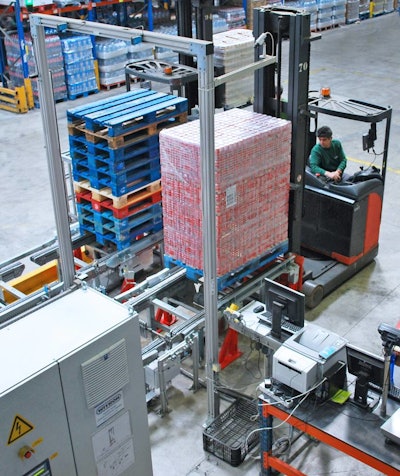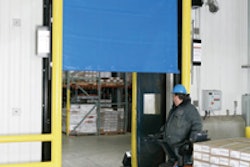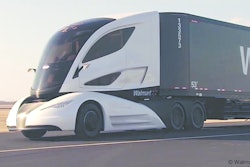
Managing energy offers one of the greatest opportunities for improving profitability, according to the June Food Logistics. New technologies in the areas of temperature control, material handling, lighting and water management make energy use one of the most important considerations in warehouse efficiency.
Energy use varies significantly depending on whether a warehouse is refrigerated or ambient.
Non-refrigerated warehouses in the United States use an average of 6.1 kilowatt-hours (kWh) of electricity and 13,400 Btu of natural gas per square foot annually, according to E-Source, a research and advisory service that works with most of the 300 largest electric and natural gas utilities in North America. Lighting and space heating account for approximately 76 percent of total energy use in such warehouses, making these systems excellent targets for energy savings.
Energy typically accounts for 15 percent of a non-refrigerated warehouse’s operating budget, but in refrigerated warehouses, refrigeration accounts for 60 percent of the electricity used.
To better understand energy costs, it helps to know how utilities charge for them, says Esmond Snell, research manager at E-Source. Utilities charge commercial buildings for natural gas based on the amount of energy delivered. They charge for electricity based on consumption and demand.
Utilities base the consumption component on the amount of electricity the building consumes in a month. The demand portion is based on the peak demand in kilowatts that occurs within the month. Some utilities determine the peak demand based on the previous 12 months.
To read more, click here.
















